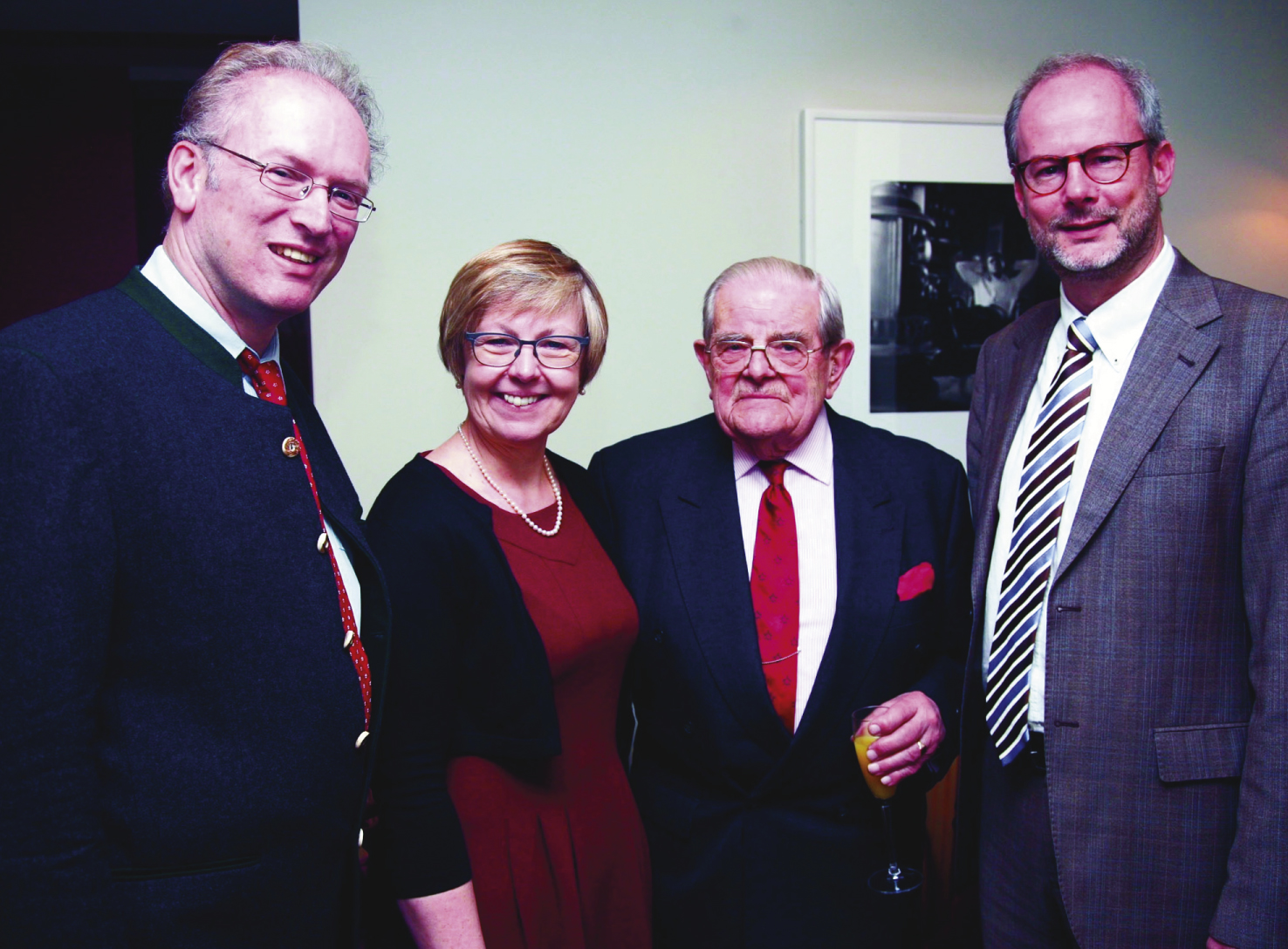Editorial
This Special Issue of the Journal of Neuromuscular Diseases documents the scientific contributions presented at the inauguration of the John Walton Muscular Dystrophy Research Centre on 24 November 2014 at the International Centre for Life in Newcastle, UK. With Lord Walton himself in attendance, speakers at the inaugural event included distinguished guests from around the world who trained with Lord Walton and then pursued independent careers (Aguayo, Argov, Bradley, Meola, Vita) as well as current investigators of the Centre (Aartsma-Rus, Bushby, Horvath, Lochmüller, Straub), representatives of the sponsoring institutions Newcastle University and Newcastle Hospitals NHS Foundation Trust, and patient organisations representing people with neuromuscular disease.
The mission of the John Walton Muscular Dystrophy Research Centre is to perform world class translational research to bring diagnosis and therapy to patients with neuromuscular diseases. With its 80 staff spanning the domains of clinical service, diagnostics, clinical research, laboratory research and networking, the Centre is currently conducting more than 20 clinical trials, natural history and biomarker studies in Duchenne muscular dystrophy, myotonic dystrophy, facioscapulohumeral muscular dystrophy, limb-girdle muscular dystrophy, spinal muscular atrophy, Pompe disease and GNE myopathy, among others. Its investigators have contributed to the discovery of more than 20 neuromuscular disease genes and the elucidation of underlying mechanisms and pathways, particularly for congenital myasthenic syndromes, inherited neuropathies, mitochondrial disorders and muscular dystrophies, as well as the development of novel targeted therapies.
The Centre has a national and international leadership role in translational networks for neuromuscular disorders through patient registries, biobanking, trial readiness, phenotyping, database integration and genomics research through European funded flagship projects such as TREAT-NMD and RD-Connect, and provides high-level expert advice on the development and integration of rare disease specialist services in European healthcare. As a provider of specialist neuromuscular services for patients from the North of England and beyond, the Centre is not only a key national hub for expert care that has pioneered patient management and care standards but also an academic centre that provides its patients with opportunities for participation in research studies. In the tradition of John Walton, the Centre continues to host fellows from around the world for training and research. It benefits from close collaboration with many patient organisations and advocacy groups including Muscular Dystrophy UK, which was co-founded by John Walton during his time in Newcastle.
The editor of this Special Issue and the principal investigators of the Centre are deeply grateful to all contributors to this Special Issue, to the dedicated staff who are behind the successful launch and continued success of the John Walton Muscular Dystrophy Research Centre, and to Lord Walton for his inspiration and support and for personally opening the Centre that bears his name.
Professor Hanns Lochmüller
Editor, Journal of Neuromuscular Diseases
Figures and Tables
Fig. 1
John Walton Muscular Dystrophy Research Centre logo.

Fig. 2
Hanns Lochmüller, Kate Bushby, Lord Walton and Volker Straub (November 2014).





